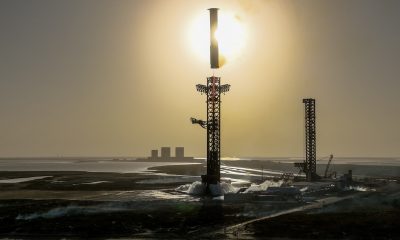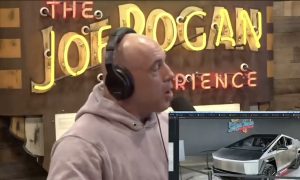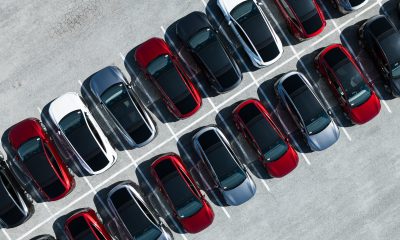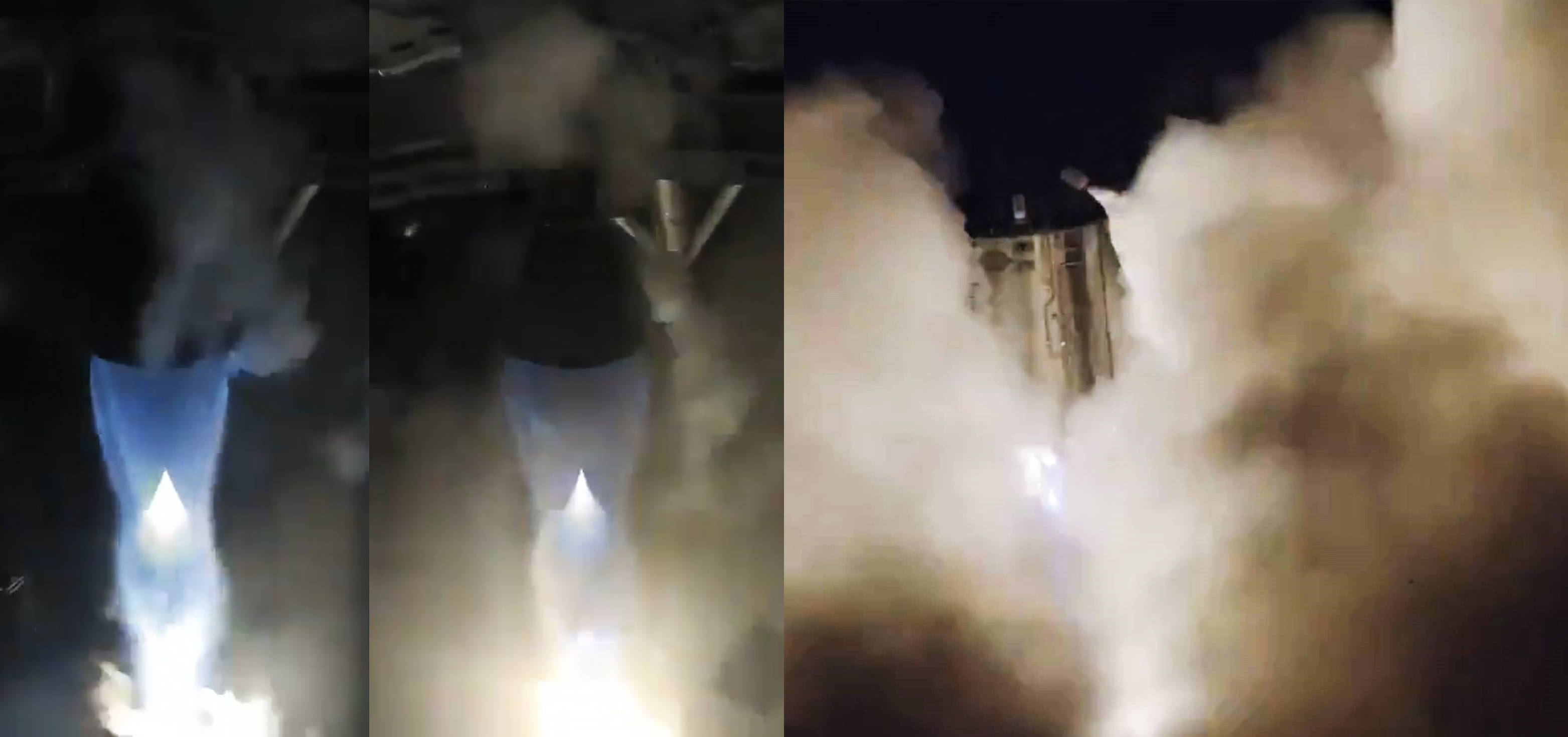

News
SpaceX CEO Elon Musk posts uncut Raptor, drone videos of Starhopper’s flight test debut
Some two hours after Starhopper’s inaugural untethered flight, SpaceX CEO Elon Musk took to Twitter to post an uncut video showing the ungainly rocket’s launch and landing from the perspective of both a drone and Starhopper’s lone Raptor engine.
As noted by commenters, Starhopper’s first flight also marks perhaps an even more fascinating milestone: it’s technically the first launch ever of a full-flow staged-combustion (FFSC) rocket engine. Whether or not the development hell Raptor required is or was worth it to SpaceX, the company has become the first and only entity on Earth to develop and fly a FFSC engine, beating out the national space agencies of both the United States and Soviet Union, both of which built – but never flew – prototypes.
Instead of inexplicably shelving a mature prototype development and test program, SpaceX iterated through several subscale Raptor prototypes, test-fired the engines for more than 1200 seconds total, used that data to design and build full-scale Raptors, and finally sped into a hardware-rich test campaign with six (soon to be seven) new engines. After SpaceX settled on a full-flow staged-combustion cycle and methane/oxygen (methalox) propellant, Raptor conducted its first full-scale tests all the way back in 2014, performing preburner flow and ignition tests at NASA’s Stennis Space Center.
Two years and many additional subcomponent tests later, SpaceX successfully performed the inaugural static fire test of its first completed subscale Raptor, a huge milestone for any rocket engine. In the 12 months following its first static fire (September 2016), SpaceX performed dozens of static fire tests with several subscale engines, putting the new propulsion system through >1200 seconds of combined testing.
A year after that, SpaceX was still testing subscale engines but the first full-scale Raptor engine was just a few months away from completing assembly in Hawthorne and heading to McGregor to kick off full-scale static fire testing. Indeed, four months after CEO Elon Musk’s September 2018 update, Raptor serial number 01 (SN01) shipped to Texas in late January and successfully ignited for the first time on February 3rd. SpaceX’s finalized full-scale Raptor engine is designed to produce more than 2000 kN (450,000 lbf, 200 tons) of thrust at full-throttle.
Since that inaugural ignition, SpaceX’s propulsion team – perhaps to their detriment, under orders from Musk – pushed SN01 and several of its successors to their limits as quickly as possible, resulting in severe, irreparable damage in several cases. On the other hand, the no-holds-barred, ‘hardware-rich’ (i.e. destructive) test program has allowed SpaceX to relatively quickly solve several major bugs that prevented the engine from passing longer test fires.
Raptor SN05 was originally expected to support Starhopper’s first flight(s) but had to be passed up after suffering damage in one of its final June 2019 acceptance tests. Raptor SN06 became the first engine – likely thanks to tweaks afforded by data gathered from its failed brethren – to pass all of those acceptance tests, leading to its eventual installation on Starhopper in early July.
Raptor’s impressive development culminated on July 25th with the engine’s first untethered flight while attached to Starhopper, a 9m-diameter (30 ft) low-fidelity prototype that is more or less a mobile test stand for the next-generation SpaceX engine. Raptor is now the only FFSC engine in history that has powered a flight-capable vehicle’s launch and landing, even if said flight featured an apogee of just 20-30 meters (65-100 ft).
“In full-flow staged combustion (FFSC), even more complexity is added as all propellant that touches the engine must necessarily end up traveling through the main combustion chamber to eke every last ounce of thrust out of the finite propellant a rocket lifts off with. As such, FFSC engines can be about as efficient as the laws of physics allow any given chemical rocket engine to be, at the cost of exceptional complexity and brutally difficult development.“
SpaceX delays Starhopper’s first flight a few days despite Raptor preburner test success
For more on what exactly makes full-flow staged-combustion engines uniquely capable and challenging to develop, the subject has been covered at length in past Teslarati articles.
According to Musk, the next major challenge facing Starhopper and (presumably) Raptor SN06 is far more ambitious 200-meter (650 ft) hop and flight test that could happen as soon as the first half of August.
Check out Teslarati’s Marketplace! We offer Tesla accessories, including for the Tesla Cybertruck and Tesla Model 3.
News
Tesla Model Y seen testing under wraps in India ahead of launch
Tesla appears to be getting closer to launching vehicle sales in India, as a few wrapped Model Y units have recently been spotted.
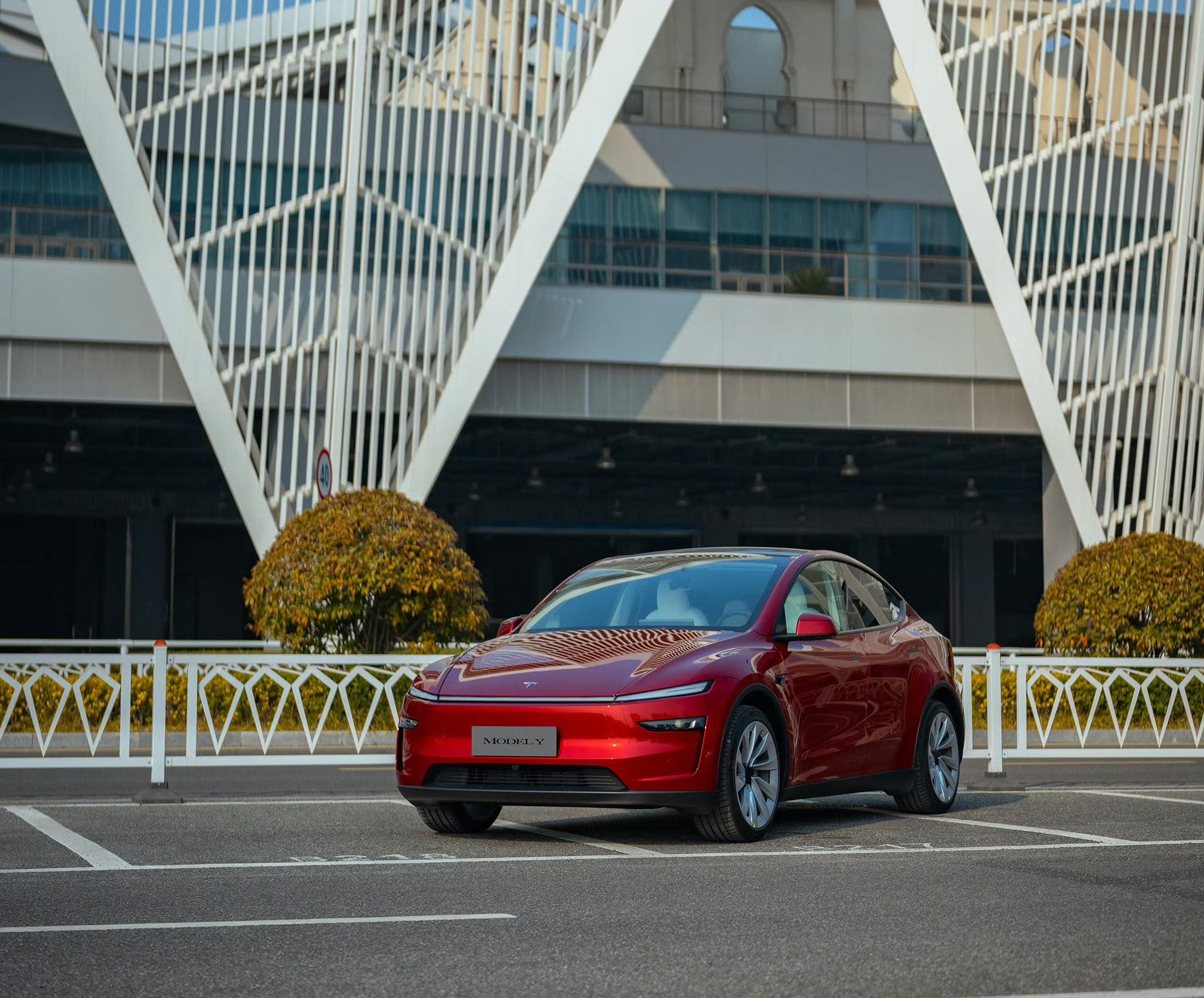
Following years of back and forth between Tesla and the Indian government, the automaker is finally expected to launch sales in the country in the coming months, and one of the company’s vehicles was spotted testing over the weekend.
On Sunday, a privacy-wrapped Model Y was seen driving in India and was posted on Reddit, as Tesla prepares to debut vehicle sales in the country for the first time. The news comes a little over a month after Tesla began certifying the Model Y and Model 3 for sale in the country, and as the U.S. manufacturer gets ready to launch the nation’s first store in Mumbai.
The appearance of the refreshed Model Y comes just a few days after another recent sighting in the country, in which a wrapped unit was seen driving on the Mumbai Pune Express Way.
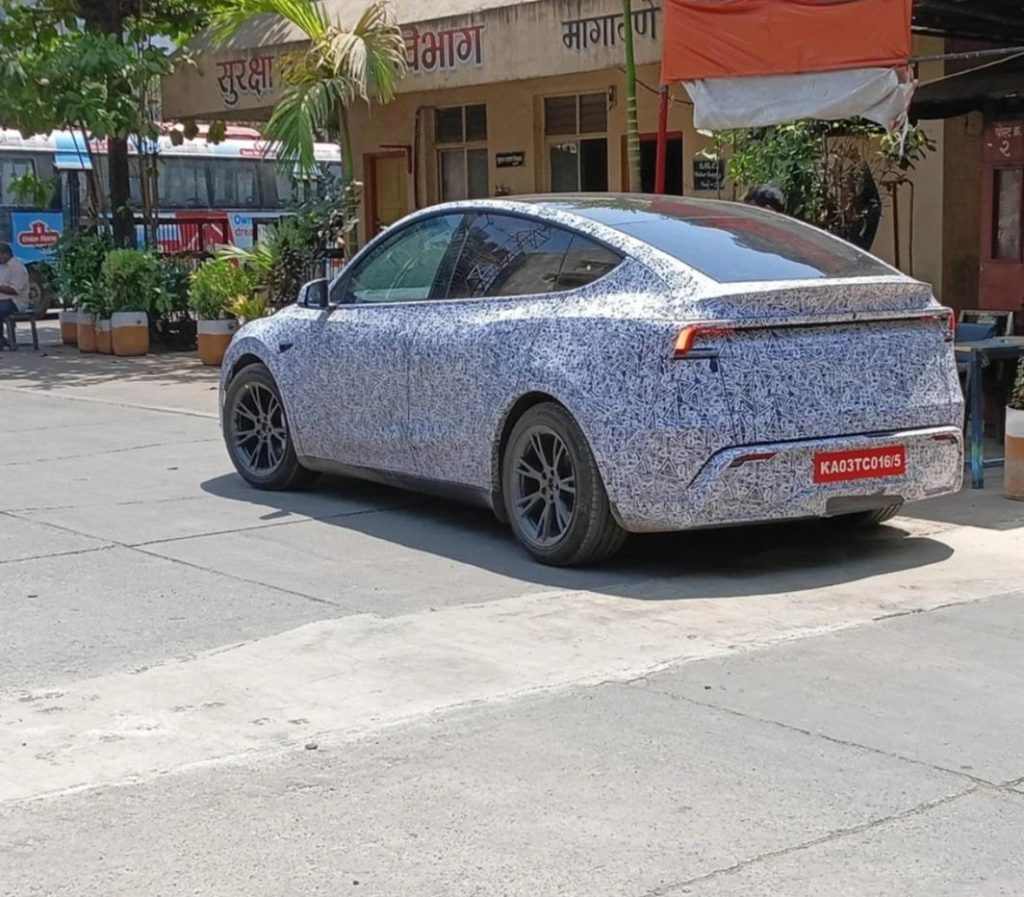
Credit: shameelck | Reddit
🚨 A Tesla Model Y has been spotted testing under a camo wrap in India on Mumbai's Pune Express Wayhttps://t.co/M082A3zoZE https://t.co/9UAHieBbqt
— TESLARATI (@Teslarati) April 15, 2025
READ MORE ON TESLA INDIA: Elon Musk, President Trump share interesting dialogue regarding Tesla Gigafactory India
Tesla’s vehicles can regularly be seen under privacy wraps such as this one ahead of their launch, often with the company’s vehicles before they’re officially unveiled. As such, many have speculated following the sighting that Tesla could either be preparing to launch the RWD variant launched in some markets in recent weeks, or the Performance version of the SUV, which is widely expected to debut sometime this year.
According to local reports, Tesla also signed a five-year lease on Mumbai store at the Bandra Kurla Complex, while a second store is expected to open near the New Delhi airport at Aerocity. Meanwhile, Tesla has also been hiring for the stores in recent months, along with holding a recruitment day in Mumbai last month.
Much of the delay on Tesla’s entry into India came from the country’s high import tariffs on vehicles and other products, while one of the government’s conditions for the country selling cars there was to utilize local suppliers. Last month, a rumor started circulating suggesting that Tesla was partnering with automotive company Tata Group for the local production of components such as castings, forgings, electronics, and more.
Tesla India: Thousands of cars set to hit Mumbai in coming months, claims report
Elon Musk
Tesla doubles down on Robotaxi launch date, putting a big bet on its timeline
Tesla continues to double down on its June goal to launch the Robotaxi ride-hailing platform.
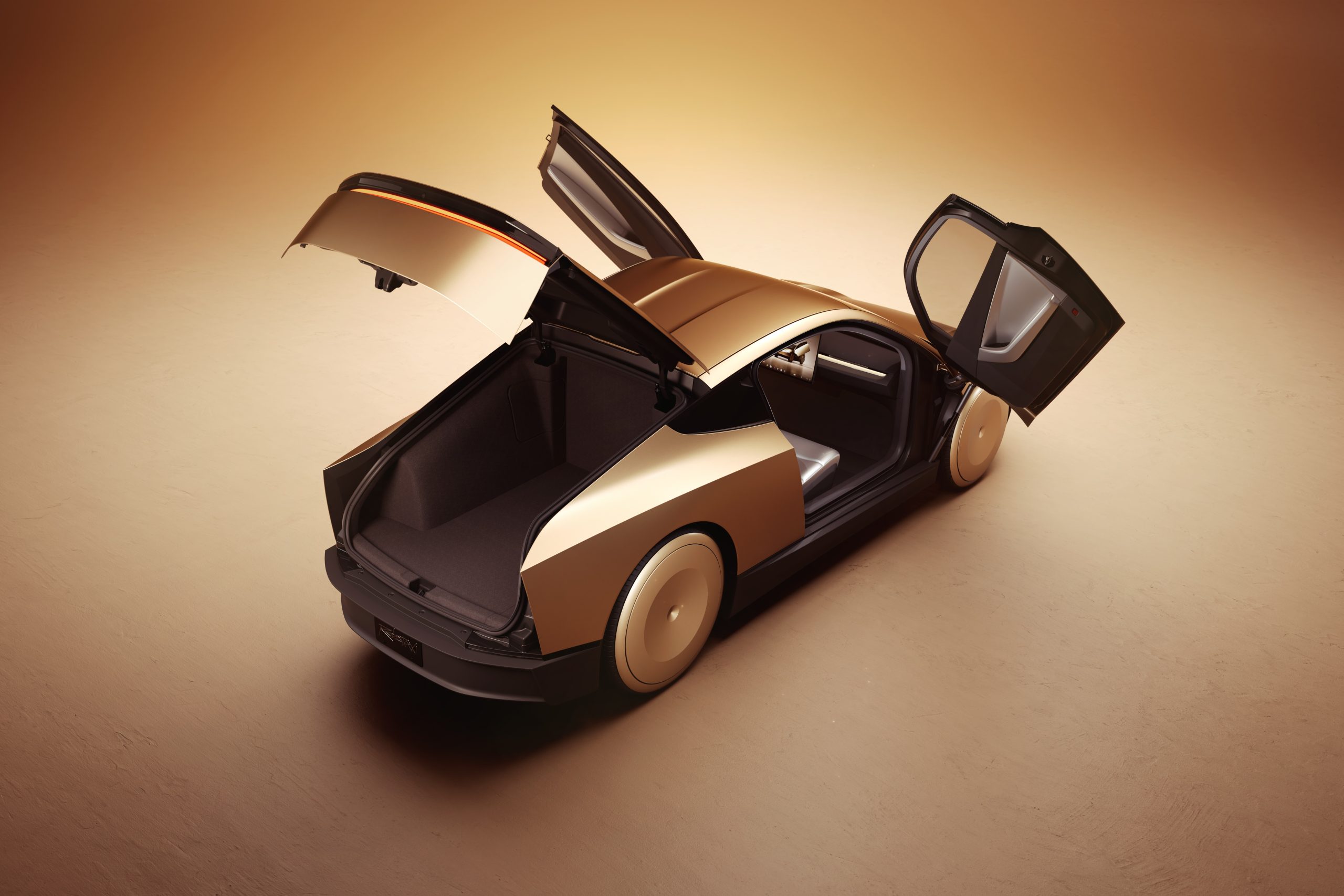
Tesla has doubled down on its potential launch date for the Robotaxi ride-hailing platform, which will utilize the Cybercab and other vehicles in its lineup to offer driverless rides in Austin, Texas.
Tesla said earlier this year that it was in talks with the City of Austin to launch its first Robotaxi rides, and it planned to launch the platform in June.
This has been a widely discussed timeline in the community, with some confident in the company’s ability to offer it based on the progress of the Full Self-Driving suite.
However, others are skeptical of it based on Tesla’s history of meeting timelines, especially regarding its rollout of FSD.
Nevertheless, Tesla was asked when it would be able to offer Robotaxi rides and where, and it clearly is not backing down from that June date:
In Austin, 🔜
— Tesla (@Tesla) April 18, 2025
It is getting to a point where Tesla is showing incredible confidence regarding the rollout of the Robotaxi in June. We have not seen this kind of reiteration regarding the rollout of something regarding autonomy from Tesla at any point in the past.
CEO Elon Musk has even been increasingly confident that Tesla will meet its target. Earlier this week, he said the vehicles will be able to roll off production lines and drive themselves straight to a customer’s house:
Elon Musk continues to push optimistic goal for Tesla Full Self-Driving
There could be some discussion of an acceptable grace period, as the timeline for the Robotaxi rollout could still be considered a success, even if it were a month or two late. However, if it were pushed back further into 2025 or even 2026, skepticism regarding these timelines would continue to persist.
As of right now, it seems Tesla is extremely confident it will meet its goal.
Elon Musk
Tesla Semi fleet from Frito-Lay gets more charging at Bakersfield factory
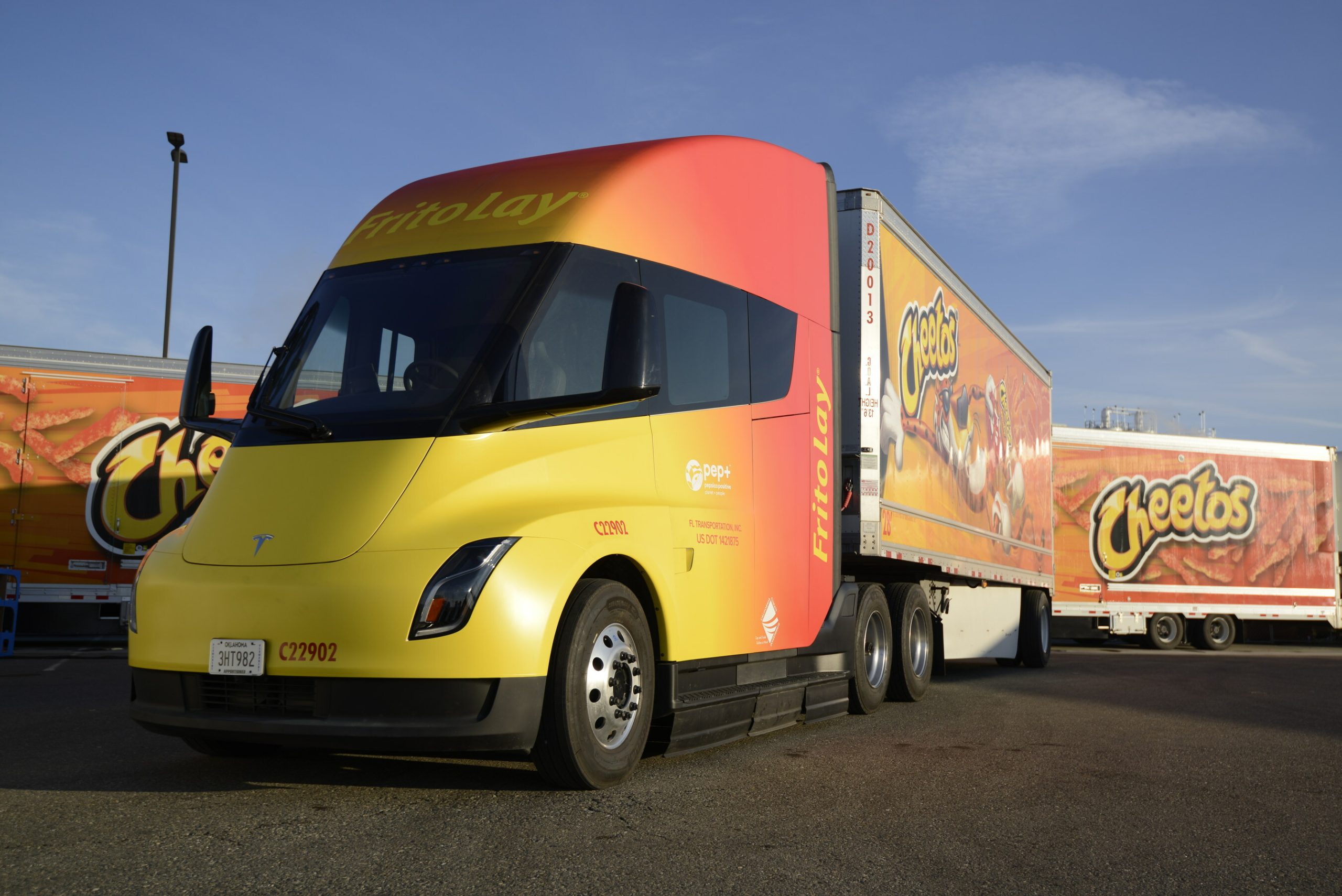
Among the several companies that have had the opportunity to add Tesla Semi all-electric Class 8 trucks to their fleets earlier than others, the most notable is arguably Frito-Lay, which has utilized the vehicle for a couple of years now.
However, as their fleet is making more local runs and there are undoubtedly plans to expand to more Semi units, the company has recognized it needs additional Megachargers to give juice to their trucks.
As a result, Frit-Lay decided to build more chargers at their Bakersfield, California facility, according to new permits filed by Tesla:
🚨 Frito-Lay is building an 8-stall Megacharger array at its factory in Bakersfield, California https://t.co/qARfJjogXF pic.twitter.com/gvorIVxsoc
— TESLARATI (@Teslarati) April 18, 2025
There are already chargers at the company’s Modesto, California, factory, but Bakersfield is roughly three hours south of Modesto.
Interestingly, Tesla is calling the chargers “Semi Chargers” in the filing, potentially hinting that it is no longer referring to them as “Megachargers,” as they have been in the past. This is a relatively minor detail, but it is worth taking note of.
In 2022, Frito-Lay began installing these chargers in preparation for the Semi to become one of the company’s main logistics tools for deliveries in California and surrounding states.
Frito-Lay is not the only company that has chosen to utilize the Tesla Semi for these early “pilot” runs. PepsiCo has also been a company that has used the Semi very publicly over the past two years.
Additionally, the Tesla Semi participated in the Run on Less EV trucking study back in late 2023, where it managed to complete a 1,000-mile run in a single day:
Tesla Semi logs 1,000-mile day in Run on Less EV trucking study
Tesla is planning to ramp production of the Semi late this year. On the Q4 2024 Earnings Call, VP of Vehicle Engineering Lars Moravy said the company would be focusing on the first builds of the Semi’s high-volume design late this year before ramping production in the early portion of 2026:
“We just closed out the Semi factory roof and walls last week in Reno, a schedule which is great with the weather. In Reno, you never know what’s going to happen. But we’re prepping for mechanical installation of all the equipment in the coming months. The first builds of the high-volume Semi design will come late this year in 2025 and begin ramping early in 2026.”
Tesla will build these units at a new Semi production facility located in Reno near its Gigafactory. The company is getting closer to finishing construction, as a drone video from this morning showed the facility is coming along at a good pace:
🚨Tesla Semi factory progress update: pic.twitter.com/dlzIjKwfT3
— TESLARATI (@Teslarati) April 18, 2025
-
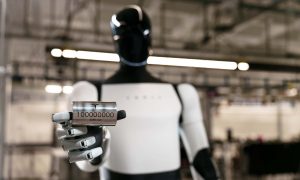
 News2 weeks ago
News2 weeks agoTesla celebrates key milestone for 4680 battery cell production cost
-

 News2 weeks ago
News2 weeks agoI took a Tesla new Model Y Demo Drive – Here’s what I learned
-
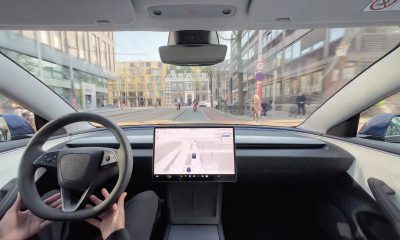
 News2 weeks ago
News2 weeks agoTesla Europe shares FSD test video weeks ahead of launch target
-
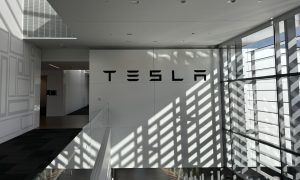
 News2 weeks ago
News2 weeks agoThis Tesla executive is leaving the company after over 12 years
-
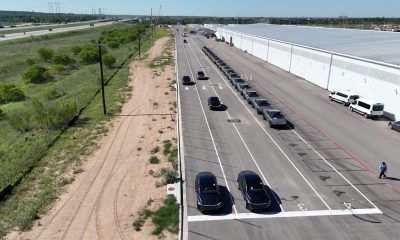
 News2 weeks ago
News2 weeks agoTesla’s Giga Texas vehicles now drive themselves to outbound lot
-
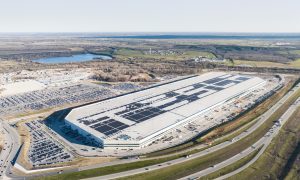
 News2 weeks ago
News2 weeks agoTesla’s ecological paradise near Giga Texas takes shape
-
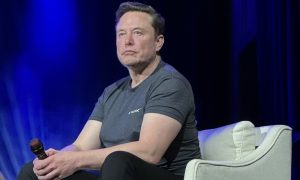
 News2 weeks ago
News2 weeks agoElon Musk and top Trump trade advisor Peter Navarro lock horns over tariffs
-
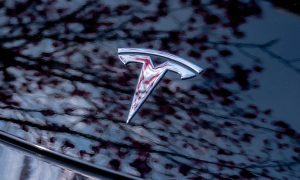
 News2 weeks ago
News2 weeks agoTesla bull lowers price target citing ‘brand crisis’





